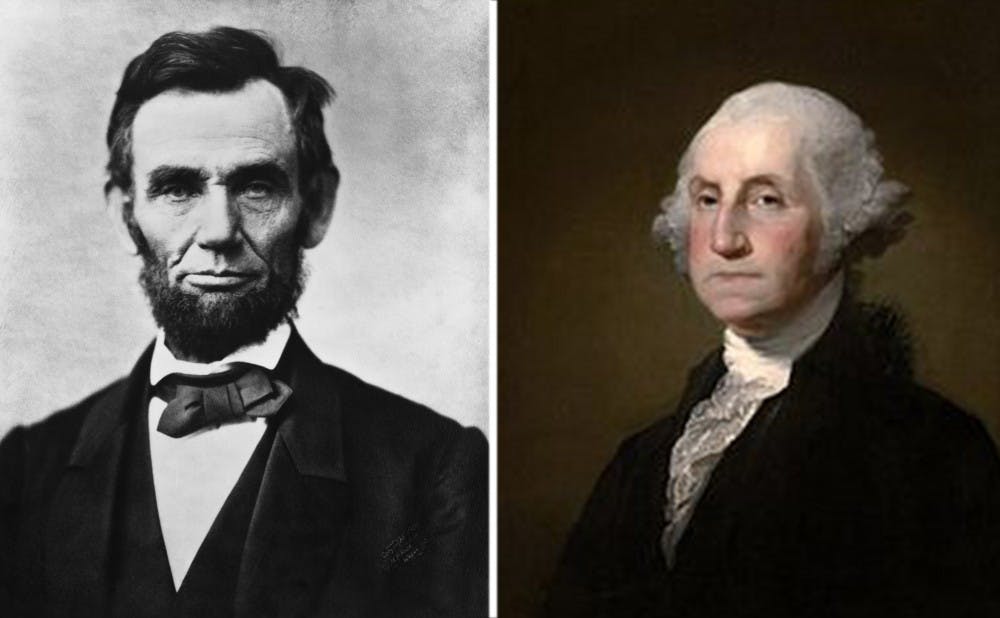Have strong opinions about Grover Cleveland? Or just want to find out who the heck that is? A Spring Breakthrough course can help with that.
Fritz Mayer, professor of political science, public policy and the environment, is leading the class “Presidential March Madness” during the five-day seminar program taking place during Spring Break. Students will use brackets and ranking systems similar to the NCAA’s college basketball tournament to evaluate former U.S. presidents.
The course will involve participants discussing the merits and failures of each presidency as well as deciding which were more successful than others. The goal is to help students develop the skills to scrutinize elected officials and make them more engaged citizens.
“This is really a way of talking about leadership and what kinds of qualities we think we need in a president today,” said Mayer, who is also director of Duke's Center for Political Leadership, Innovation and Service.
Taking place from March 11-15, Spring Breakthrough allows students to pursue an academic interest for fun. The courses are offered for no credit, no grade and no cost, although they will appear on students’ transcripts.
Mayer explained that the idea for the course came from national dialogue about what kind of presidential leadership Americans want, especially in the era of President Donald Trump.
“Rather than go directly at current leadership, let’s think historically about what kinds of qualities have made a great president in the past,” he said.
BJ Rudell, associate director of POLIS who is helping teaching the course, came up with the idea to have a presidential bracket, given that Spring Break coincides with NCAA bracket selection.
The course will begin with students learning about past presidents and discussing what criteria makes for great presidential leadership. Using the standards the class agrees on, students will argue for why one president should “beat” another in each round of the bracket.
For instance, the first round features Richard Nixon, Law '37, against Donald Trump. One student will be assigned to each and will make the case for why he is or is not a great president, with the winner moving on.
Rudell explained that the presidents are divided up into four geographic regions—like the real NCAA bracket—based on where the each one is from. The advantage of this system is that each president can be compared directly to another.
“It allows us to rank head-to-head instead of imagining where they would fit in to a line between one to 45,” he said.
Rudell noted that he is particularly excited about a possible matchup between Theodore Roosevelt and Franklin Roosevelt.
Mayer explained that one purpose of the class is provide a way to talk about leadership and the kinds of qualities students think are needed in a president today. Opinions about this have changed over time, given the particular social contexts. For instance, Andrew Jackson was once admired as a great president but now often faces criticism for his treatment of Native Americans.
Developing criteria for effective leaders can be used to evaluate lesser offices like governor and senator, Rudell added.
“Understanding what we care about is an important ingredient to become an engaged citizen,” he said.
This fits with the mission of POLIS, which is to foster students thinking about and taking action in politics, Mayer explained.
Rudell noted that the class has generated excitement even among those not enrolled. He has a six-by-four cork board bracket in his office that people have noticed and begun talking about. Students and administrators—including Larry Moneta, vice president for student affairs—have filled out the bracket, which can be downloaded on the POLIS website.
So who would Rudell and Mayer choose as the winner for best president? Mayer is banking on Teddy Roosevelt, whom he noted was a key figure in the early part of the 20th century.
“There was a great deal of unrest, and out of that came the progressive era,” he said. “A lot of what he had to say seems very timely and pertinent today.”
Rudell chose Franklin Roosevelt, a long-time favorite of his. However, he said he hopes the course opens his mind to other, lesser-known presidents.
“As we start to go through this, people will start to realize greatness isn't necessarily the people that we’ve heard of,” he said. “That’s what I’m most excited about.”
Get The Chronicle straight to your inbox
Signup for our weekly newsletter. Cancel at any time.

